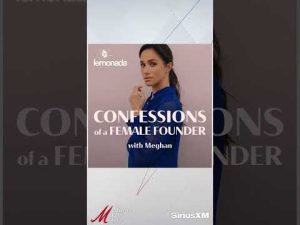**The Abortion Debate: A Clash of Values and Beliefs**
In the ongoing battle over abortion rights, a recent debate highlighted the stark divide between conservatives and liberals, particularly on the definitions of life and individual rights. As the rhetoric heated up, many were left pondering whether any common ground could ever be reached in this contentious discussion. At the heart of the matter are not just legal frameworks, but moral convictions that shape how each side views the unborn child and the rights of the mother.
Conservatives, firm in their stance, see abortion as an ethical issue that cannot be ignored. They argue that with 1.5 million abortions occurring each year in the United States—most of which are described as “abortions of choice” rather than due to dire medical conditions—this practice should be viewed in a grave light. The suggestion that abortion functions as a form of birth control raises their hackles, as it invokes the idea of the “Holocaust of our time.” This term emphasizes their view that each abortion represents a lost life, making them unwavering advocates for the unborn.
On the other side of the debate, Democrats often frame the issue around women’s rights and healthcare accessibility. They argue that many women who seek abortions do so under dire circumstances, illustrating the financial and emotional burdens brought on by unexpected pregnancies. This perspective argues that it is both unfair and unfeeling to dismiss the complexities of each individual case and the genuine struggle for many women who feel abortion is their only option. The preservation of life, they contend, must take into account the quality of life for both the mother and the child.
During the discussion, one clarifying point emerged: the definition of “life.” Conservatives argue that life begins at conception. They draw attention to significant milestones, such as the onset of brainwaves and detectable heartbeats, suggesting that these developments imbue the fetus with the same moral worth as living children. Therefore, they staunchly oppose any form of abortion unless it is to save the mother’s life. Meanwhile, those on the left counter that the value of life is not simply biological. They argue that the ability to care for a child—emotionally, financially, and physically—plays a crucial role in defining the right to life.
Conservatives, who believe that laws must be established to protect the unborn, put forth a challenging question: Is it acceptable to end a life simply due to financial constraints? They draw an analogy to other life situations, posing a moral dilemma regarding the justification for terminating a life based on temporary hardship. Opponents of this view argue for empathy, citing the many factors in a woman’s life that influence her decision, including mental health, personal circumstances, and the societal support—or lack thereof—that is available at the time.
The conversation gets even more nuanced when discussing edge cases, such as pregnancies diagnosed with conditions like Down syndrome. Here, the lines become blurrier. Some conservative voices firmly advocate for the sanctity of life regardless of any perceived limitations, while many liberals argue for the individual rights of the parents to make difficult choices in the face of known challenges. This leads to a tug-of-war over what it means to lead a quality life and who should be able to decide that for both the child and the parent.
Ultimately, the discussion reflects a much broader ideological division in society. While conservatives seek to ensure every potential life has a fighting chance, liberals push for the recognition of personal circumstances and the right to make choices. As the debate continues, it is clear that solutions will require more than just laws—they demand a deep and meaningful engagement with the diverse lives and values that shape the complex world of parenthood and the right to choose. One thing is certain: the road ahead will require compassion, understanding, and perhaps a dash of humor to navigate the stormy seas of this intense debate. As the saying goes, they say laughter is the best medicine, but it is equally clear that heartfelt discussions are desperately needed in the pursuit of both life and quality of life for all involved.







